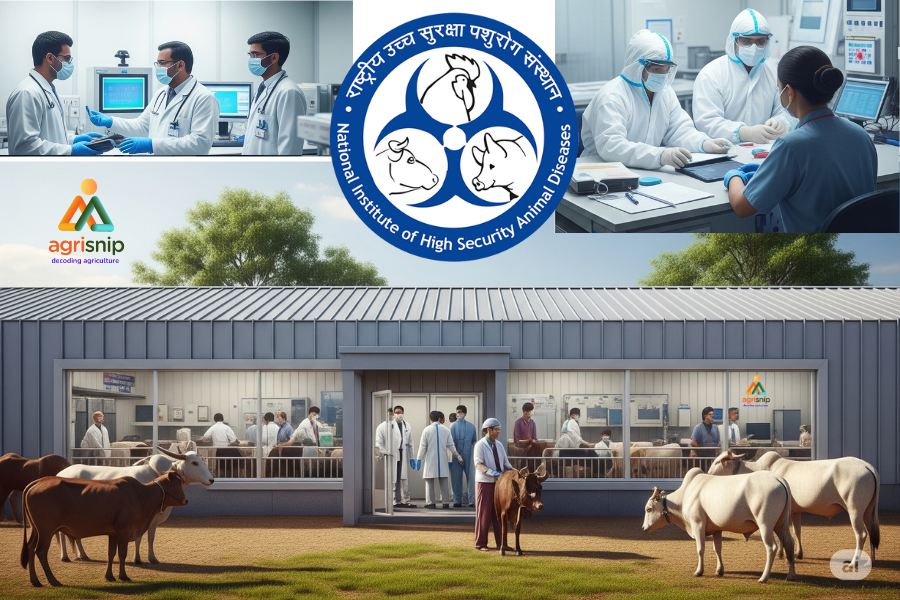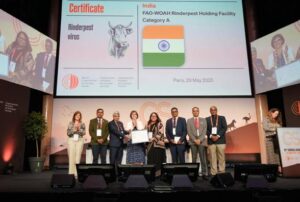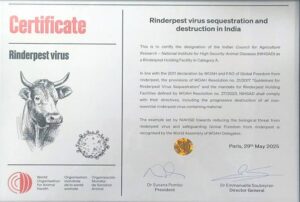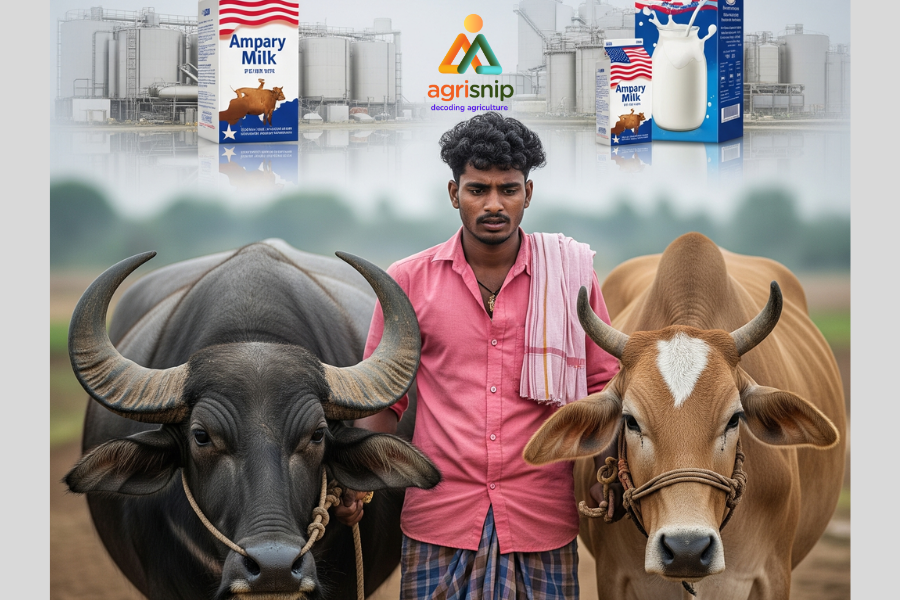
How will the new trade deal affect Indian farmers and US companies
The new India-US trade deal is expected to have mixed effects for Indian farmers and US companies, especially in the agriculture and dairy sectors.
Impact on Indian Farmers:
- High Risks for Small Farmers: If India lowers tariffs on US dairy and agricultural products, millions of small Indian farmers could be at risk.
Even a small increase in US imports—just 5% market share—could displace 3–4 million marginal dairy farmers. The US has a significant productivity advantage, with much higher milk yields per cow than India. - Threat from Subsidized and GM Crops: US agriculture is heavily subsidized, and American companies are pushing for access for genetically modified (GM) crops like soybeans and maize. Experts warn that allowing
these imports could cause a crash in prices for Indian farmers, especially for the 24 million who grow soybeans and maize. This could further impoverish farmers, as domestic prices may fall below government-set minimum support prices. - Livelihoods at Stake: Over 700 million Indians depend on agriculture for their livelihood. Opening up the market to US agricultural products could lead to dumping of cheap, subsidized goods, threatening food
security and rural incomes.
Impact on US Companies:
- Market Access and Competitiveness: US companies stand to gain significant new access to India’s vast market of 1.4 billion consumers. Lower tariffs would help American businesses compete more effectively,
especially in sectors like agriculture, dairy, automobiles, and industrial goods. - Potential for Growth: The US is particularly interested in exporting more farm products such as maize, soybeans, cotton, and dairy to India, which could help reduce the US trade deficit with India.
- Regulatory Barriers Remain: While tariff reductions are helpful, US companies still face challenges from India’s non-tariff barriers and strict quality control regulations, which can limit the actual impact of
the deal.
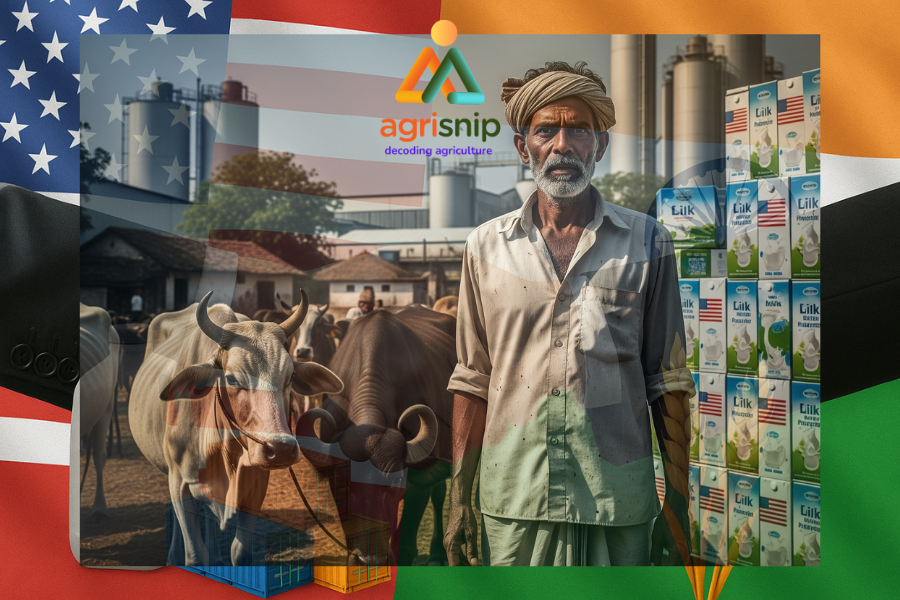
Summary Table:
| Group | Potential Benefits | Key Risks/Challenges |
| Indian Farmers | Avoidance of steep US tariffs on exports | Loss of income, price crashes, competition from subsidized/GM US imports, threat to small/marginal farmers |
| US Companies | Greater market access, increased exports, improved competitiveness | Indian non-tariff barriers, regulatory hurdles, limited scope if India protects sensitive sectors |
Overall :
The deal’s main immediate benefit for India is avoiding a steep 26% US tariff on its exports, which would help Indian exporters remain competitive. However, unless India maintains protections for its agriculture and dairy sectors, the
livelihoods of millions of small farmers could be at risk. For US companies, the deal could open up new opportunities in India, but success will depend on how much India is willing to open its markets and relax regulatory barriers.

